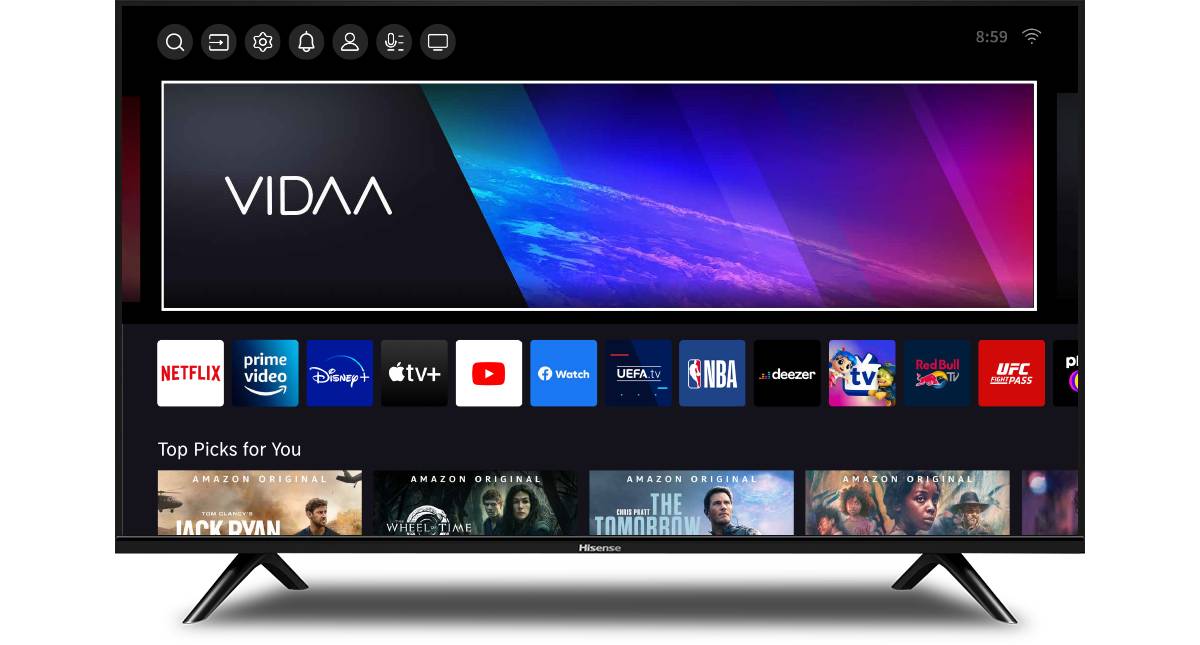YouTube’s ad revenues reached $9.2 billion in Q4 last year, up by nearly 16 percent year-on-year, parent company Alphabet announced in its earning report last night. The strong performance helped drive up Google’s total ad revenues to over $65 billion for the quarter. And while Google’s total ad growth was actually below analysts’ expectations, leading to a five percent fall in Alphabet’s share price in after-hours trading, it’s still a remarkable rate of growth for an already massive ad business.
Some analysts have questioned the impact of YouTube’s shift towards short-form content, necessitated by competition for audiences’ attentions from TikTok, on YouTube’s ability to monetise through ads. While short-form video is very popular with users, it so far has proven harder to monetise than longer-form video content.
These latest results put this challenge in perspective. NBCUniversal earlier this month reported total ad revenues for 2023 of $8.6 billion, while Warner Bros. Discovery is expected to deliver around $8.7 billion in its full-year results. This means YouTube made more ad revenue in Q4 alone than either of those global media giants made across the whole of 2023.
AI, Shorts, and CTV
This time last year, YouTube was in a rough spot – relatively speaking – having just posted a second consecutive quarter of falling ad revenue. The global ad market was tough, and while the company was rapidly growing viewership on short-form service Shorts, monetisation on Shorts was an issue.
Now however, conditions in the ad market are very different. Overall ad demand has recovered, with both performance and direct response spend seeing growth, according to Alphabet’s chief business officer Philipp Schindler. And this is certainly a big contributor to YouTube’s growth.
But Schindler said that investments made by the company in AI-based targeting and content creation are also encouraging more spend with the platform.
This is happening in a variety of ways. Performance Max, an AI-powered tool which optimises spend based on a marketer’s KPIs across Google’s various channels, including search, YouTube, and its display network, has been a growth area. While some frown on PMax’s black box method of operation, Schindler says that advertisers are seeing higher returns on PMax campaigns. And as PMax encourages more overall spend with Google, a chunk of this money will end up on YouTube.
Schindler also pointed to Demand Gen, a tool which takes advertisers’ top performing image and video assets and runs them in appropriate formats across YouTube, YouTube Shorts, Discover, and Gmail. Again, Schindler said companies testing this tool saw higher conversion rates, therefore encouraging more spend.
And Schindler said he expects generative AI capabilities relating to video creation will help drive more spend further down the line, particularly from small and medium-sized businesses. “Our focus has always been here on investing in solutions that really help level the playing field,” he said on the earnings call. “So actually, SMBs can compete with bigger brands and more sophisticated advertisers […] We will continue to invest. And I feel AI is a very interesting future path to make life not only easier, but also much more productive with better ROIs over time, and a more level playing field for SMBs.”
Another change for YouTube over the past year has been growth in its CTV and short-form offerings.
CTV has been a big focus for YouTube for a good few years now, partly due to its advertiser-friendly nature. This year, Google held streaming rights for Sunday afternoon NFL games outside of each team’s local market. Schindler said that YouTube partnered with over 90 upfront and scatter advertisers for its NFL package this year.
Shorts on the other hand, while drawing a lot of eyeballs (Google says it averages at 70 billion daily views), has been more of a challenge on the monetisation side. The ultra short-form, quick-swiping nature of the Shorts feed makes it less advertiser friendly than longer-form content.
YouTube isn’t yet releasing figures on Shorts ad revenues. But when asked directly about monetisation, Schindler said Shorts “continues to progress nicely”, adding that creator earnings generated from Shorts have increased every month since Google began running ads in the feed.




